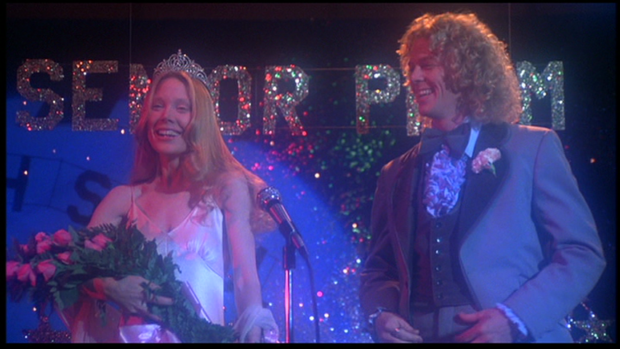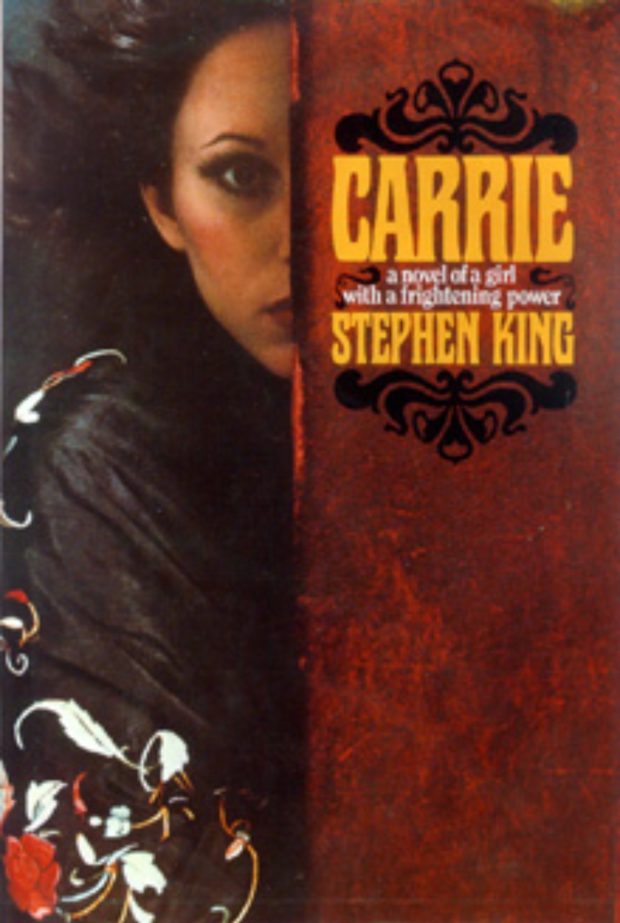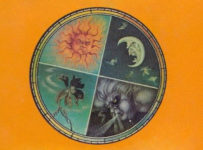Welcome to the feature column that explores a decent number of Stephen King’s books in the order they were published!
Everybody has a concept of CARRIE. The locker room. The prom. The bucket of blood. A small town destroyed.
Stephen King’s first published novel, originally released on 5 April 1974 from Doubleday, has become an almost canonical part of modern popular culture. It’s certainly one of his most adapted works, spawning several theatrical and TV movies, a 1988 Broadway musical that was reworked in 2012, and even an episode of Riverdale. It’s a hell of a legacy for a debut release, but it’s certainly a different style compared with later King.
The story behind the writing of the novel has become something of a legend. Originally intended as a short story for Cavalier magazine, King’s frustration saw the unfinished manuscript find its way into the garbage bin. Fished out of the trash by King’s wife Tabitha, who offered to help him write something from the female perspective, it’s no surprise that the published work opens with the following dedication: “This is for Tabby, who got me into it – and then bailed me out of it.”
Actually the fourth book written by the then-struggling author (you know, before he made a pack with the Man in Black and tapped into our collective multiverse), it’s kind of a blend of speculative fiction and thriller, being set in what was the ‘near future’ of 1979. The primary narrative is frequently interspersed with letters, articles, and books written from the even more way out future of the 1980s. In this sense, it’s fairly incongruous with King’s later work. In ’Salem’s Lot (published the following year), King would find a way to explore multiple narratives while trusting his ear for inner voices.
Yet this approach actually sets us up for the infamous finale from the beginning. One of the motifs that is common in much of King’s later writing is using overt foreshadowing (e.g. mentioning someone will be dead by the end of the day). Here he literally tells us how the thing is going to turn out on page one, using one of the articles mentioned above. In this sense, reading this book for the first time (or re-reading) from vantage point of 2018 is even more apt: we already associate CARRIE with proms and buckets of blood, and this is like a textbook of how we got there.

Using menstruation as an analogy for coming of age/coming of power, King retrospectively wrote (in Danse Macabre) that he recognises it could also be “an uneasy masculine shrinking from a future of female equality.” Yet in the context of 2018, the dangers of religious extremism and closed viewpoints becomes literally weaponised. Knowledge is power, and Carrie’s lack of it makes her a ticking time bomb.
Similarly, this is about as good a morality tale on bullying as you’re ever going to find. The next time you think about picking on someone as part of a ritual humiliation, remember: your target could have latent telekinesis and a strict religious upbringing. Really, this is just a big ol’ PSA from our friend Stephen.
While King’s writing has clearly gotten more sophisticated (and interconnected) over the years, rewarding Constant Readers, his early work innately understands the horror of suburbia and how to get into our deepest fears. The structure doesn’t always work, but it’s a damn good tale, one that has clearly stood the test of time. This King fellow is going places!





